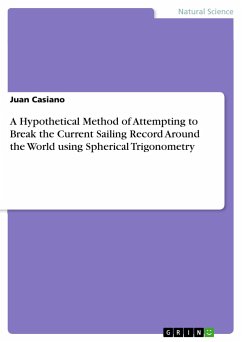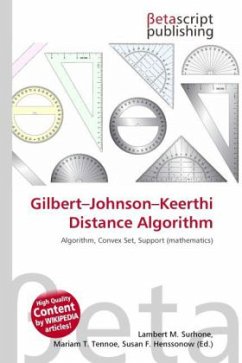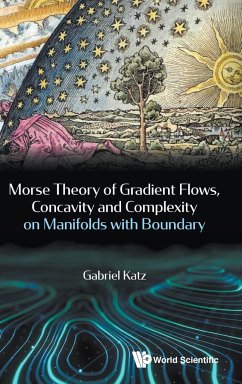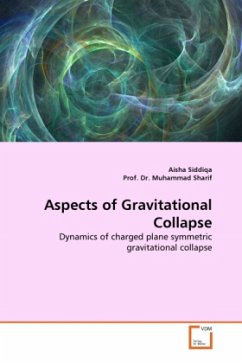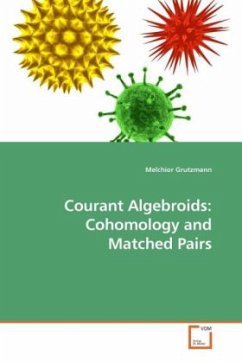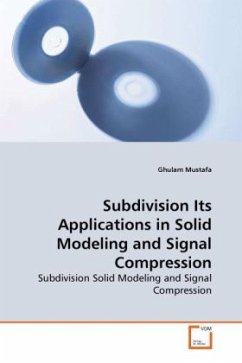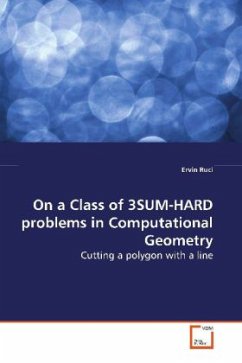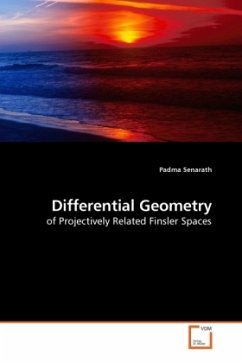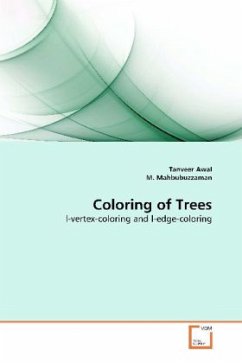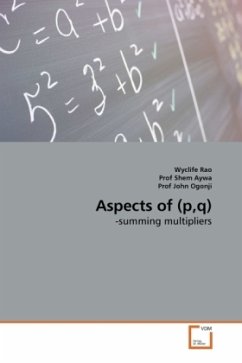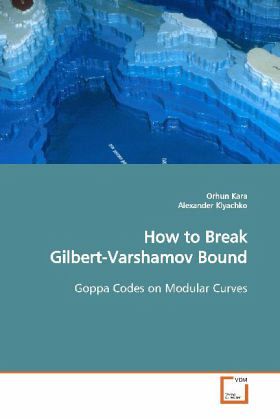
How to Break Gilbert-Varshamov Bound
Goppa Codes on Modular Curves
Versandkostenfrei!
Versandfertig in 6-10 Tagen
32,99 €
inkl. MwSt.

PAYBACK Punkte
16 °P sammeln!
Modular curves provide the first known examples of
codes which are better than random ones. However, for
an explicit construction of a code one needs a
nonsingular model of the modular curve that initially
is defined via a very singular planar model given by
a modular equation. In this work we analyze the
structure of its affine singularities in terms of
class numbers of binary quadratic forms. In
principle this allows to describe the space of
regular differentials vanishing at a point needed for
the Goppa construction.
codes which are better than random ones. However, for
an explicit construction of a code one needs a
nonsingular model of the modular curve that initially
is defined via a very singular planar model given by
a modular equation. In this work we analyze the
structure of its affine singularities in terms of
class numbers of binary quadratic forms. In
principle this allows to describe the space of
regular differentials vanishing at a point needed for
the Goppa construction.



